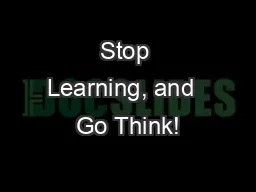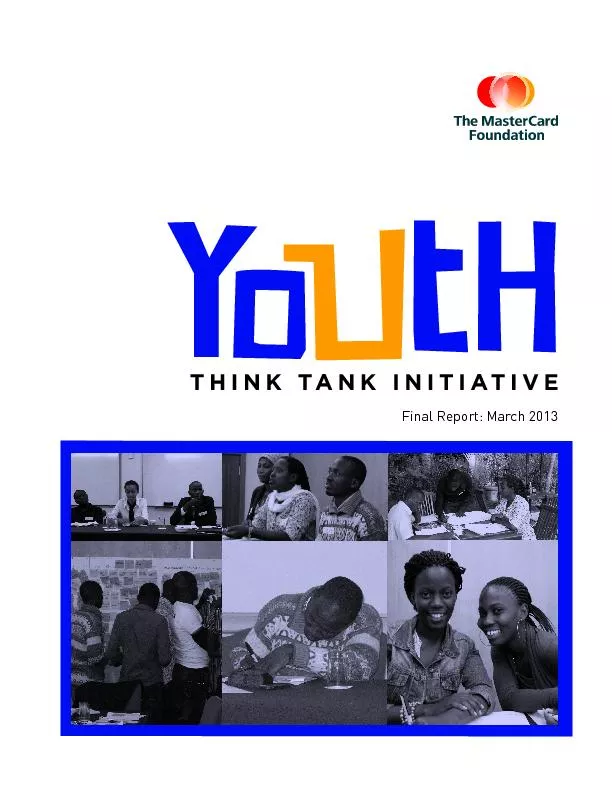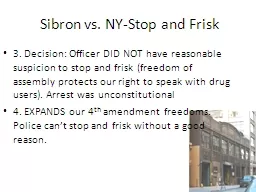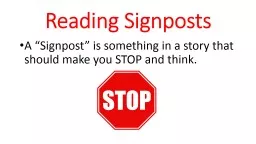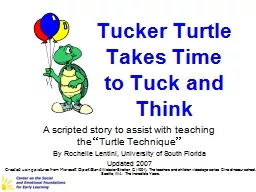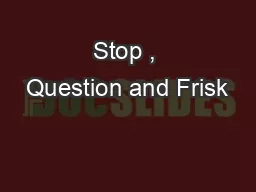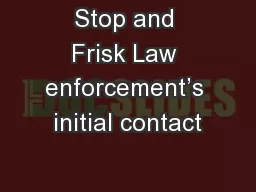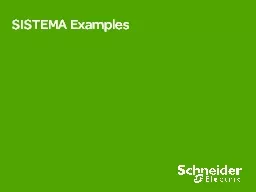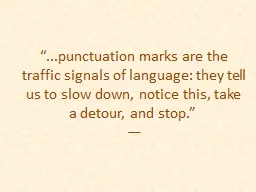PPT-Stop Learning, and Go Think!
Author : dailyno | Published Date : 2020-06-15
Strategies to Challenge Students Minds Gem Thomerson EdD gthomersondorchester2k12scus SEEDy Thinking Higherorder thinking requires students to manipulate information
Presentation Embed Code
Download Presentation
Download Presentation The PPT/PDF document "Stop Learning, and Go Think!" is the property of its rightful owner. Permission is granted to download and print the materials on this website for personal, non-commercial use only, and to display it on your personal computer provided you do not modify the materials and that you retain all copyright notices contained in the materials. By downloading content from our website, you accept the terms of this agreement.
Stop Learning, and Go Think!: Transcript
Download Rules Of Document
"Stop Learning, and Go Think!"The content belongs to its owner. You may download and print it for personal use, without modification, and keep all copyright notices. By downloading, you agree to these terms.
Related Documents

